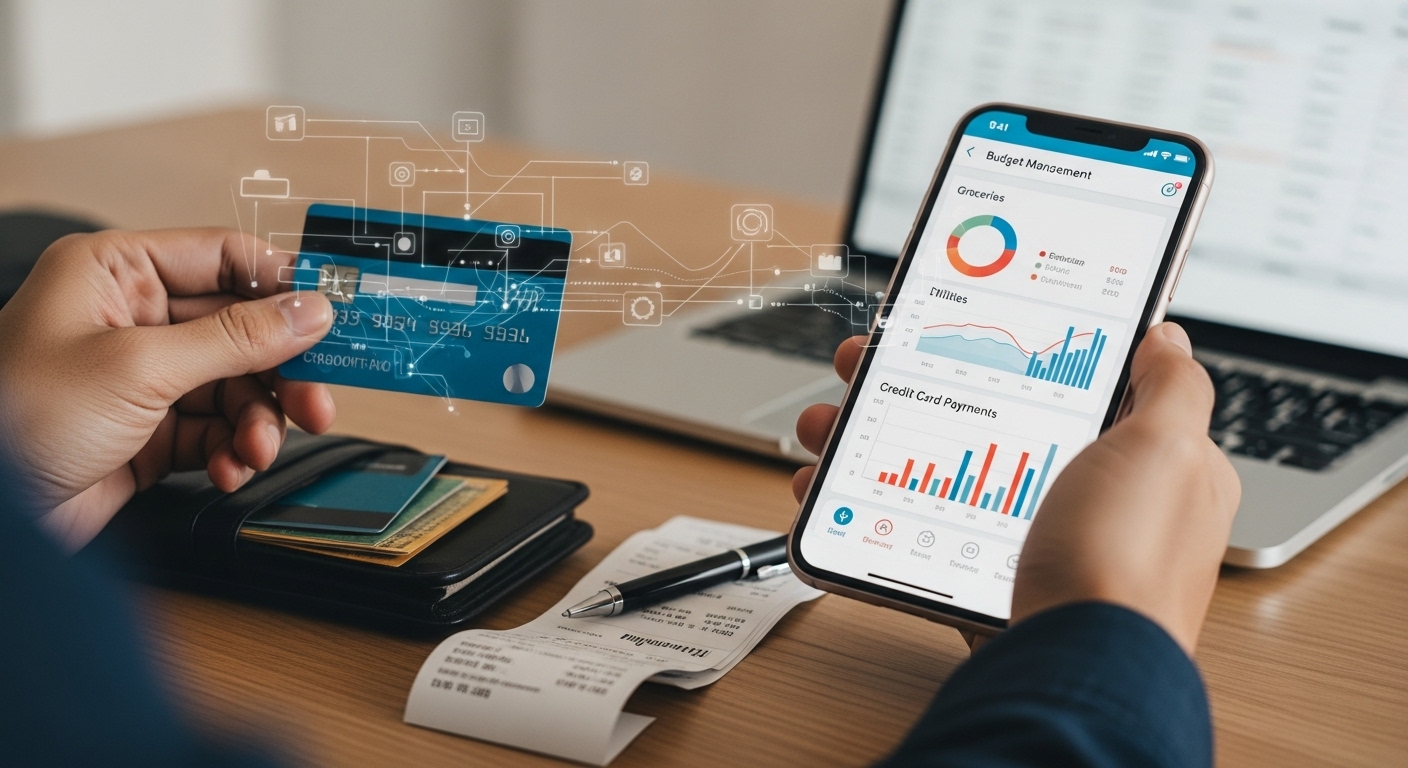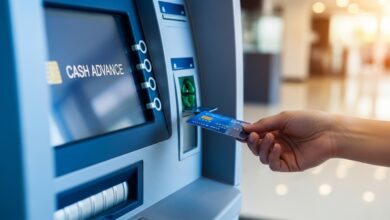How to Manage Your Budget Using a Credit Card

Credit cards are often viewed as tools that lead to debt — but when used wisely, they can actually help you manage your budget more effectively.
With smart habits and the right strategy, a credit card can become one of your best financial management tools, helping you track spending, earn rewards, and build credit — all while keeping your budget on track.
In this article, we’ll explore how to manage your budget using a credit card, from planning expenses to avoiding overspending and interest charges.
Why Use a Credit Card for Budget Management?
Contrary to popular belief, using a credit card doesn’t have to mean reckless spending. In fact, there are several advantages:
- Clear Expense Tracking – Every purchase is recorded, making it easy to analyze your spending patterns.
- Spending Insights – Most credit card apps automatically categorize your expenses (food, travel, bills, etc.).
- Rewards and Cashback – You can earn points, miles, or cashback on regular purchases.
- Improved Credit Score – Responsible use boosts your credit profile.
- Purchase Protection – Many cards offer insurance or refund protection on eligible purchases.
In short, using your credit card strategically can actually help you become more aware and organized with your finances.
Step 1: Set a Clear Monthly Budget
Before using your credit card for daily expenses, decide how much you can spend each month.
Create spending categories like:
| Category | Monthly Limit |
|---|---|
| Groceries | $400 |
| Transportation | $150 |
| Dining Out | $100 |
| Entertainment | $75 |
| Miscellaneous | $50 |
Tip: Keep your total planned spending below your income after savings — not your credit limit.
Your budget should guide your credit card use, not the other way around.
Step 2: Use Only One or Two Credit Cards
Managing multiple cards can complicate budgeting.
Start with one main card for everyday expenses and, if needed, a secondary card for specific categories (like travel or business).
This simplifies tracking and helps you stay within limits more easily.
Step 3: Track Your Spending Regularly
Monitoring your spending is key to effective budget management.
You can track credit card expenses in several ways:
- Use your bank’s mobile app (many show category breakdowns automatically).
- Link your card to budgeting apps like Mint, YNAB (You Need A Budget), or PocketGuard.
- Review your monthly statements carefully.
✅ Goal: Know exactly where your money goes — and adjust your budget if you’re overspending in certain categories.
Step 4: Pay Your Balance in Full Every Month
One golden rule of responsible credit card use:
Always pay your balance in full before the due date.
This helps you:
- Avoid interest charges completely.
- Keep your credit score strong.
- Maintain full control of your budget.
If you pay only the minimum, you’ll carry a balance and start paying interest — which can quickly derail your budgeting efforts.
Bonus Tip: Set up automatic payments for the full statement balance to stay interest-free and stress-free.
Step 5: Use Credit Card Features to Your Advantage
Most credit cards offer helpful tools for better money management.
Use these smartly to optimize your budget:
- Spending Alerts: Get notifications when you approach your spending limit.
- Automatic Categorization: Helps you identify where most of your money goes.
- Installment Plans (When Needed): For larger purchases, consider zero-interest installment options instead of carrying a high-interest balance.
- Cashback or Rewards: Apply cashback toward your bill or use points for useful purchases — a great way to stretch your budget.
Step 6: Control Impulsive Spending
Credit cards can make it easy to spend money you don’t have — but discipline is key.
Here’s how to control impulse spending:
- Set spending limits on your card app.
- Wait 24 hours before making non-essential purchases.
- Separate needs from wants — essentials go on the card, luxuries wait for cash savings.
- Unlink your card from shopping apps or online marketplaces if you’re prone to impulse buys.
Remember: A credit card is a payment method, not extra income.
Step 7: Review and Adjust Monthly
At the end of each billing cycle:
- Review your statement summary.
- Compare your actual spending with your budget goals.
- Identify categories where you overspent.
Then adjust your budget for the next month. Over time, this helps you build stronger financial awareness and discipline.
Pro Tip: Treat your credit card like a financial mirror — it reflects your habits and shows where you can improve.
Step 8: Take Advantage of Grace Periods
If you pay your full balance every month, you’ll enjoy a grace period — typically 21–25 days after your statement closes — where no interest is charged.
This allows you to manage cash flow efficiently:
- Make purchases early in the billing cycle.
- Pay them off by the due date.
- Enjoy up to 50+ days of interest-free spending while keeping your budget intact.
Example: Budgeting in Practice
Let’s say your monthly budget is $1,000.
You use your credit card for all expenses and track them as follows:
| Category | Limit | Spent | Remaining |
|---|---|---|---|
| Groceries | $400 | $370 | $30 |
| Transportation | $150 | $130 | $20 |
| Dining Out | $100 | $110 | -$10 |
| Entertainment | $75 | $50 | $25 |
| Miscellaneous | $50 | $40 | $10 |
| Total | $1,000 | $700 | $300 left |
✅ Outcome: You stayed within budget, earned cashback, and built your credit history — all while avoiding interest.
Additional Benefits of Using a Credit Card for Budgeting
- Credit History Building: Paying on time improves your credit score.
- Financial Protection: Safer than carrying cash; fraudulent charges can be disputed.
- Expense Consolidation: All your purchases are in one place, simplifying analysis.
- Emergency Backup: Provides flexibility in case of unexpected expenses.
Common Mistakes to Avoid
- Using your credit limit as your budget — it’s not!
- Ignoring your statements — always review transactions.
- Paying only the minimum — leads to long-term debt.
- Spending just for rewards — cashback is useless if you overspend.
- Mixing personal and business expenses — keep them separate for accurate tracking.
Final Thoughts
Using a credit card for budgeting can be incredibly effective — if done right.
It gives you insights, control, and even financial rewards. But the key is discipline: spend only what you’ve budgeted and always pay in full.
When you treat your credit card as a budgeting partner rather than a borrowing tool, it becomes a powerful ally for financial stability.
Summary: Smart Budgeting With a Credit Card
| Step | Action | Goal |
|---|---|---|
| 1 | Set a monthly budget | Control spending |
| 2 | Use one main card | Simplify management |
| 3 | Track expenses | Stay aware |
| 4 | Pay in full monthly | Avoid interest |
| 5 | Use card tools | Gain insights |
| 6 | Avoid impulse buys | Build discipline |
| 7 | Review monthly | Improve over time |
| 8 | Use grace periods | Manage cash flow |
